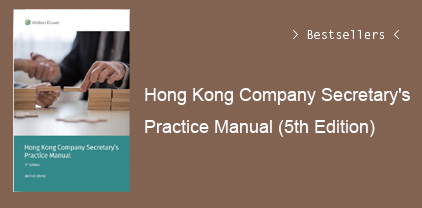List of Exhibits ix
Preface xv
Part One—Financial Report Fundamentals
1 Financial Statement Basics: The Real Meat and Potatoes of Financial Reports 3
2 Starting with Cash Flows 13
3 Mastering the Balance Sheet 21
4 Understanding Profit 31
5 Profit Isn’t Everything and All Things 43
Part Two—Working Capital Connections
6 Our Case Study—Company Introductions 55
7 Sales Revenue, Trade Accounts Receivable, and Deferred Revenue 65
8 Cost(s) of Goods Sold Expense and Inventory 77
9 Inventory and Accounts Payable 89
10 Operating Expenses and Accounts Payable 99
11 Accruing Liabilities for Incurred but Unpaid Expenses 109
12 Income Tax Expense—A Liability and Asset? 117
Part Three—Financial Capital Connections and Cash Flows
13 Our Case Study—Company Updates and Assessments 129
14 Long-Term Assets and Depreciation, Amortization, and Other Expenses 139
15 Long-Term Liabilities, Interest, and Other Expenses 151
16 Net Income, Retained Earnings, Equity, and Earnings per Share (EPS) 163
17 Cash Flow from Operating (Profi t-Making) Activities 173
18 Cash Flows from Investing and Financing Activities 183
Part Four—Financial Report Analysis
19 Expansion and Contraction Impacts on Cash Flow 195
20 What Is EBITDA and Why Is It Important? 211
21 Financial Statement Footnotes—The Devil’s in the Details 217
22 Financial Statement Ratios—Calculating and Understanding 229
23 Profit Analysis for Business Managers 245
24 Our Case Study and the Moral of the Story—The Good, the Bad, and the Ugly 259
Part Five—Financial Report Truthfulness
25 Choosing Accounting Methods and Massaging the Numbers 273
26 Audits of Financial Reports 285
27 Small Business Financial Reporting 299
28 Basic Questions, Basic Answers, No BS 309
About the Authors 319
About the Companion Website 321
Index 323
































